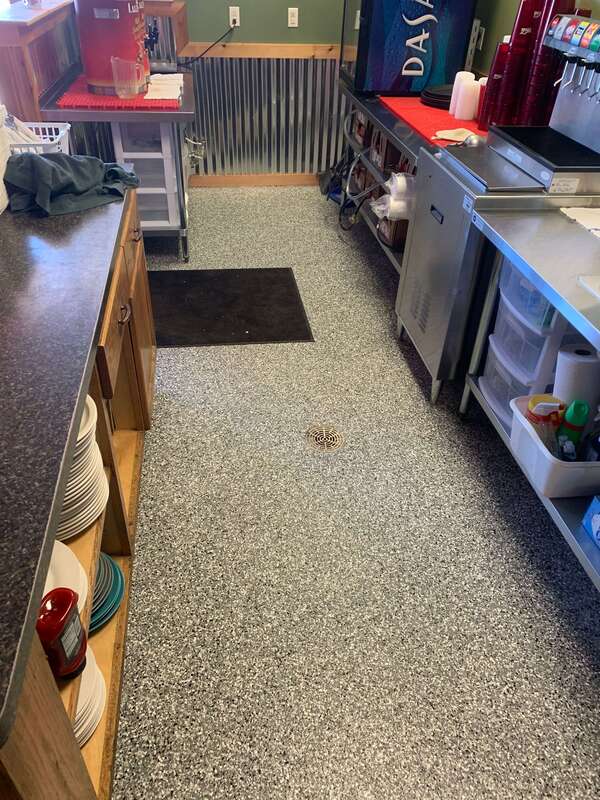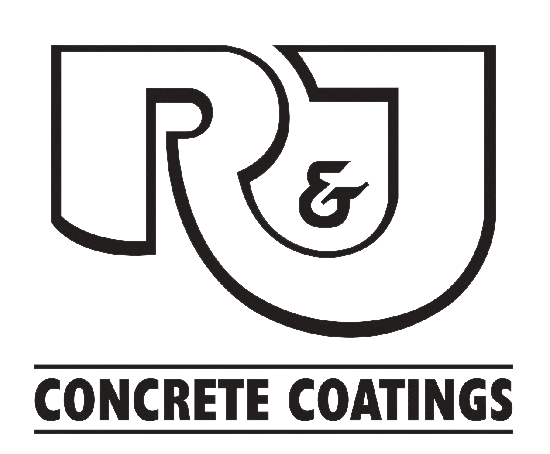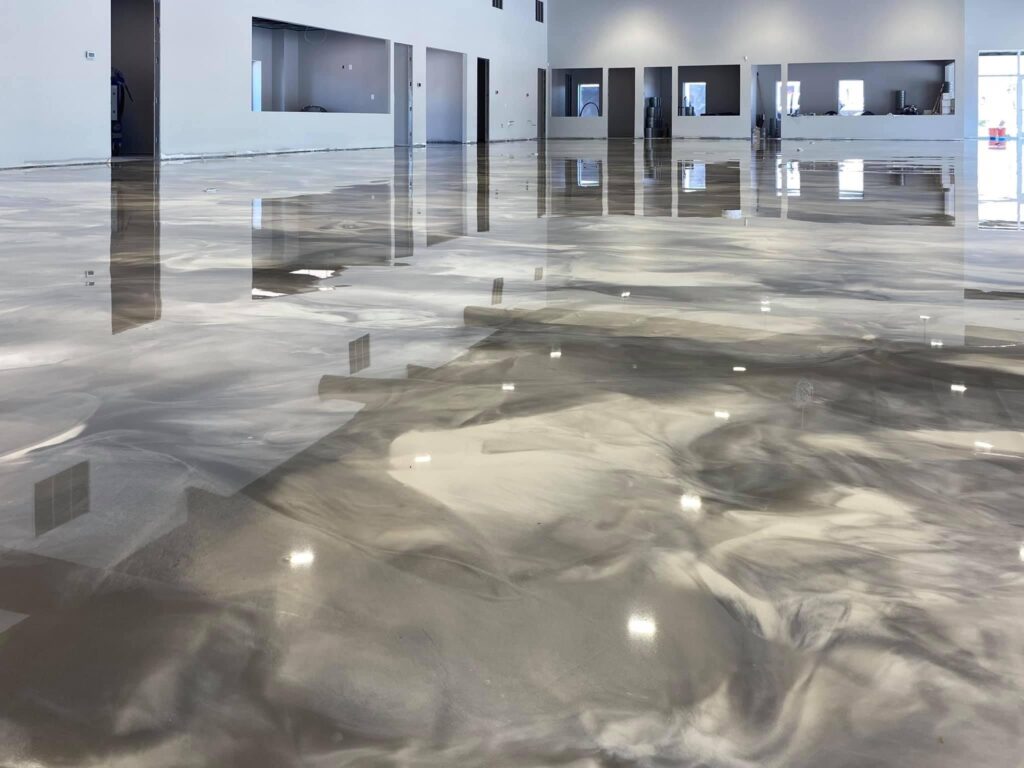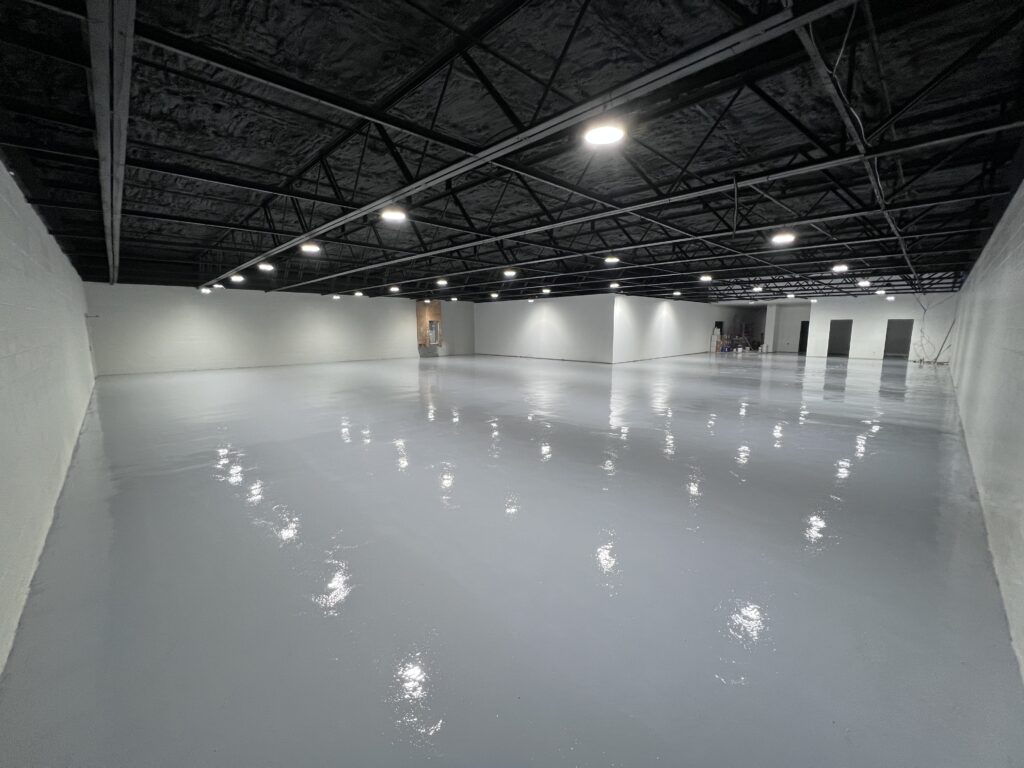In the culinary world, great food and service have always been the heart and soul of a successful eatery. But beyond the perfect sear and the artful plate presentation, there’s a silent yet significant player in the background that sets the stage for every dining experience — the floor beneath our feet. It’s not just about keeping a clean environment; it’s about setting a tone, ensuring safety, and maintaining a professional and stylish space that’s as sustainable as it is hygienic.
Enter commercial kitchen epoxy flooring, the unsung hero that’s painting a new, captivating picture for modern restaurant interiors. For those in the business of delighting palettes and crafting memorable experiences, here’s a sizzling insight into why epoxy flooring isn’t just an investment in infrastructure, it’s a canvas upon which your kitchen’s artistry can truly shine.
The Glossy Allure of Epoxy Floors in Food Prep Haven
Imagine a kitchen surface that looks “chef’s kiss” perfect, and actually stands up against the toughest kitchen battles. Commercial kitchen epoxy flooring, traditionally used in industrial spaces for its seamless, non-porous, and durable characteristics, has progressively sauntered into the restaurant scene, touting these very virtues. Here’s why:
Flawless Design, Impeccable Hygiene
Epoxy floors serve more than just an aesthetic purpose; their seamless finish minimizes the chance for bacteria to hide and odors to linger, making post-service cleanups a breeze. Their non-porous nature ensures that spills are easily wiped away, and unlike traditional tiled floors, there are no grout lines to trap dirt and germs.
Overcoming Kitchen Chaos
For a surface that withstands everything from hot grease, industrial-strength foot traffic, and the occasional drop of the beloved cast-iron skillet, epoxy stands supreme. In the relentless kitchen environment, with heat and humidity as the backdrop to a symphony of creation, epoxy flooring is a resilient partner, keeping up with the pace and protecting the underlying concrete from the inevitable wear and tear.
Style Meets Substance
Epoxy’s versatility in design is one of its most endearing features. It’s not just about the glossy-finish, though it undeniably adds a touch of interior finesse. The range of colors and textures available means kitchens can customize their flooring to reflect their brand identity — from upscale restaurants that opt for a sophisticated monochrome to vibrant, fast-casual eateries that crave a pop of color.
Pouring over the Details: The Installation Process Demystified
While commercial kitchen epoxy flooring offers a kitchen a durable and aesthetic surface, its installation is an art in itself. Here’s a look behind the scenes:
Preparation is Key
Before mixing and applying the epoxy, the substrate must be clean and free of any contaminants. This often starts with thorough cleaning, grinding, or shot-blasting the concrete to ensure the epoxy can bond effectively.
Mixing and Applying
High-quality epoxy resin is mixed with a hardener, creating a chemical bond that transforms the mixture into a solid polymer. This mixture is then spread over the floor, creating a smooth, even surface. The process demands skill to avoid imperfections, and timing is critical to prevent the epoxy from setting too quickly or not adhering properly.
Curing and Finishing
Once the epoxy is applied, it requires time to cure, typically several days. The curing process is crucial for the epoxy to harden and for the chemical reactions between the resin and the hardener to complete. The final steps involve cleaning any remaining residue and applying a topcoat for added protection and sheen.
Why Concrete Epoxy Flooring is the New Standard in Kitchens
For those still pondering the material for their kitchen floors, choosing epoxy over traditional options like ceramic tile, carpet, or untreated concrete offers a multitude of advantages:
Durability That Outlasts the Dinner Rush
Epoxy flooring’s durability is not an overrated characteristic. It can withstand the toughest of kitchen activities, from heavy foot traffic to the weight of heavy kitchen equipment. It doesn’t easily stain, and it’s resilient against scratches and abrasions, contributing to a longer-lasting kitchen floor.
A Sustainable Step Forward
In the modern push for eco-friendly establishments, epoxy floors have an edge. Their longevity minimizes the need for frequent replacements, and they can be installed over existing concrete, reducing the waste generated during a renovation.
Lower Lifecycles Costs
While the initial cost of installation may appear high, when factoring the extended lifespan and reduced maintenance requirements, epoxy floors often prove more cost-effective over their lifetime compared to their counterparts.
Addressing Concerns: The Discourse on Slip Resistance and Safety
An often-raised concern surrounding epoxy flooring is its slipperiness, particularly when liquids are present. While the original epoxy finish is indeed smooth, there are ways to incorporate anti-slip additives during the application process or through the topcoat. This ensures safety without compromising on the floor’s seamless cleanliness and aesthetic quality, making it an even more wholesome solution.

Conclusion
Epoxy flooring is more than a material for your kitchen; it’s an investment in the experience you provide. It harmonizes with the demands of the culinary landscape, delivering both form and function with flair. Whether you’re a high-end restaurateur, a bustling café owner, or a trendy fast food joint, the choice of your kitchen floor can speak volumes about your commitment to quality and customer satisfaction.
The culinary world is wrought with challenges; why not start with a solid foundation? Your kitchen’s floor can be a canvas for your craft, and epoxy flooring is poised to elevate not just the aesthetics, but the very essence of what it means to dine, to savor, and to indulge. It’s time to think beyond the plate and beneath your feet, where the secret to a sublime dining experience just might lie. Contact us anytime to get your FREE estimate!



